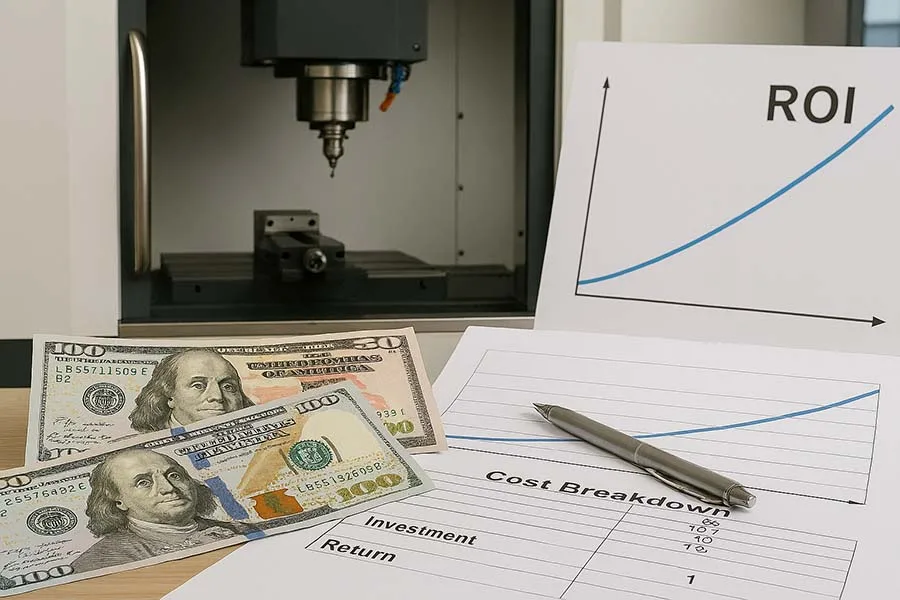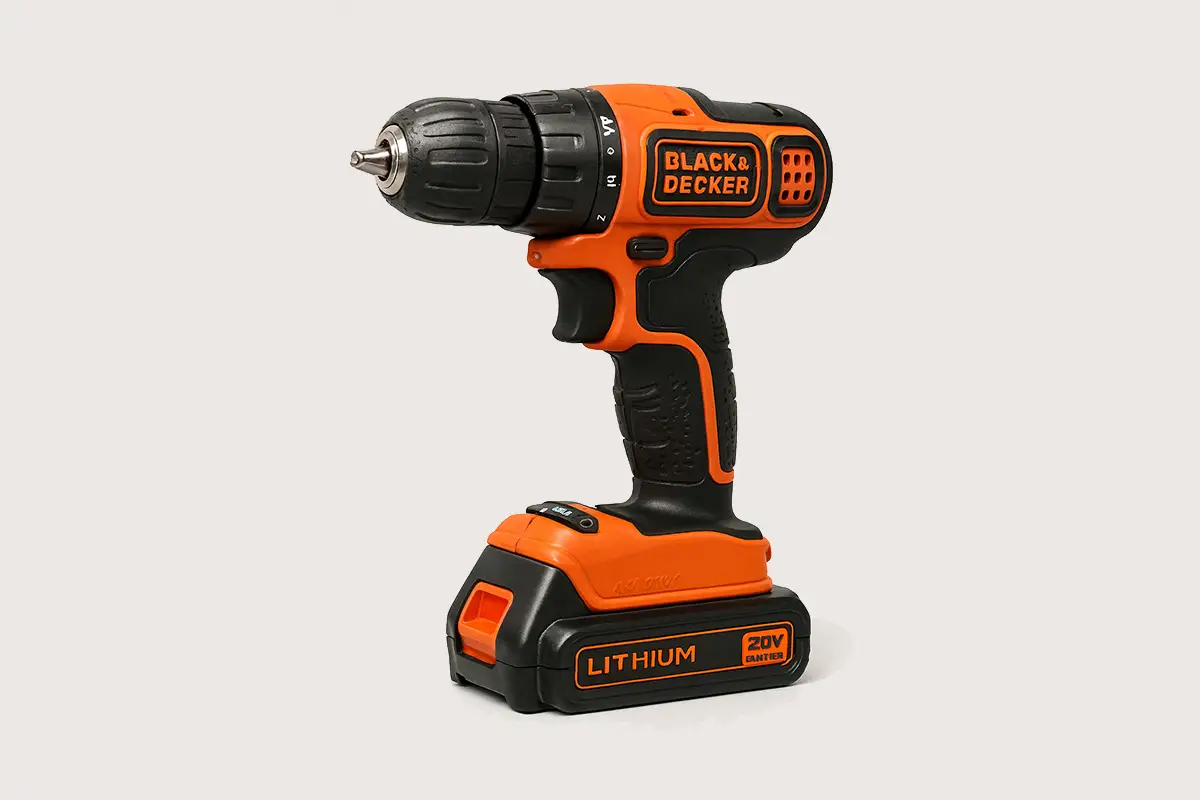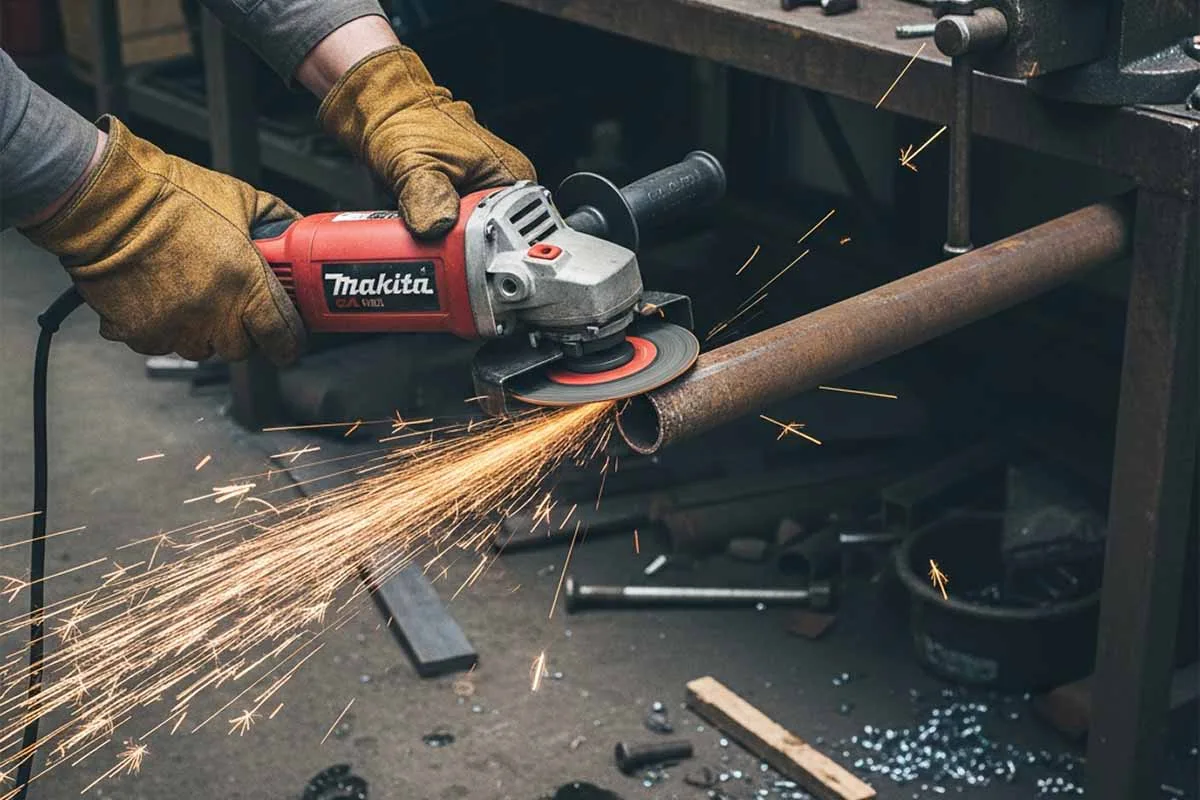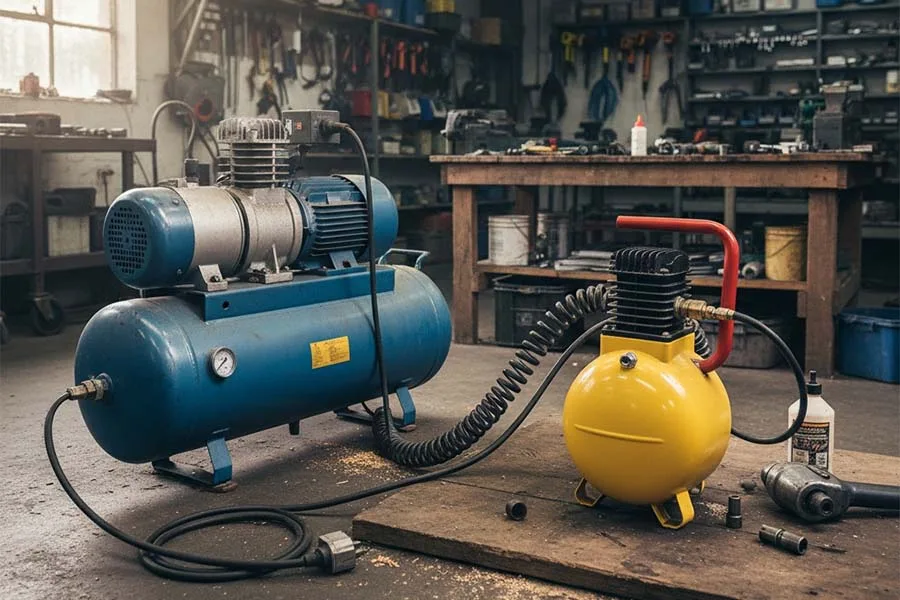Introduction: Why ROI Matters in CNC Investments
Buying a CNC machine isn’t just a purchase — it’s a capital investment. These machines can range from tens of thousands to millions of dollars depending on size, precision, and features. For many businesses, the big question is: “How long until this machine pays for itself?”
In this guide, we’ll break down the cost structure of CNC machines, uncover hidden expenses, and explain how to calculate ROI so you can make the smartest financial decision.
1. Initial CNC Purchase Price
The upfront cost varies widely depending on machine type, size, and complexity:
- CNC Milling Machines: $50,000 – $500,000+
- CNC Lathes: $40,000 – $250,000
- CNC Routers (wood/plastics): $10,000 – $150,000
- CNC Plasma/Laser Cutters: $20,000 – $400,000
- Multi-Axis (5-axis and hybrid): $200,000 – $1,000,000+
👉 Tip: Always compare the base price vs. fully equipped price, since options like tool changers, enclosures, and automation can double the investment.
2. Operating Costs
Once purchased, running a CNC machine comes with ongoing costs:
- Energy Consumption → Larger machines = higher electricity bills.
- Tooling & Consumables → Cutting tools, inserts, coolants, and fixturing.
- Operator Costs → Skilled labor wages, training, and certifications.
- Software & Licenses → CAM software, CAD integration, and updates.
- Maintenance & Repairs → Regular servicing, unexpected breakdowns, and spare parts.
These factors can easily add 10–20% annually to your total machine ownership cost.
3. Hidden Costs Many Forget
- Floor Space → Bigger machines may require facility upgrades.
- Downtime → Lost production during installation, training, or maintenance.
- Financing Interest → Loans and leasing agreements add extra cost over time.
- Compliance & Safety → Additional investments in enclosures, dust collection, or safety guards.
4. Calculating ROI for CNC Machines
A simple formula to estimate ROI is:
ROI = (Annual Savings or Profit Gains ÷ Total Investment Cost) × 100
Example:
- Investment: $200,000 (machine + setup)
- Savings from reduced outsourcing: $120,000/year
- Increased productivity value: $60,000/year
- Total Gains = $180,000/year
👉 ROI Payback Time = $200,000 ÷ $180,000 ≈ 1.1 years
This means the machine would pay for itself in just over a year.
5. Factors That Boost ROI
- Automation & Multi-tasking Machines → Reduce labor costs and cycle times.
- Operator Training → Skilled staff get more out of the machine.
- Preventive Maintenance → Avoid costly breakdowns and extend machine life.
- High-Mix, Low-Volume Capability → Flexibility means more business opportunities.
- Resale Value → Premium brands like Mazak or DMG Mori hold higher value over time.
6. When Does CNC Investment NOT Pay Off?
While CNCs are game-changers, there are cases where ROI is poor:
- Businesses with low part volume that don’t justify automation.
- Companies without skilled operators or training budgets.
- Buying a machine that’s overkill for the parts being produced.
Conclusion: Balancing Cost and Value
A CNC machine is one of the biggest investments in manufacturing, but when chosen wisely, it can pay for itself quickly — sometimes in under two years. By understanding costs, planning for hidden expenses, and calculating ROI, you’ll make an informed decision that drives long-term profitability.
Funny Fact
Some shops joke that the CNC doesn’t just stand for “Computer Numerical Control” — it stands for “Cash Never Ceases” when you don’t plan your budget properly.
Lesser-Known Fact
CNC machines, unlike many industrial tools, often retain 40–60% of their value after 5 years, especially from premium brands — making resale part of ROI strategy.
Further Read
- CNC Buying Guides & Reviews: Your Complete Resource
- CNC Machine Investment Cost Breakdown and ROI Explained
- CNC Software Reviews: Fusion 360, Mastercam, and More
- How to Choose a CNC Machine for Your Industry?
- Top CNC Brands Compared: Haas vs. Mazak vs. DMG Mori
We Want To Hear From You
How long did it take for your CNC investment to pay off? Share your experience in the comments below — real-world ROI stories help other manufacturers make smarter choices!





